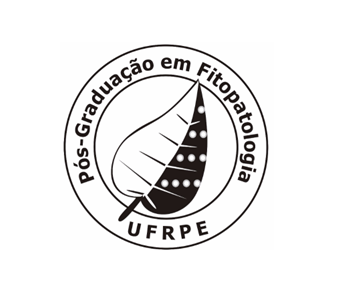Analysis of the Evolution of Program Indicators for the Graduate Program in Plant Pathology (2021–2024) from the Students’ Perspective
The evaluation of the Graduate Program over the period from 2021 to 2024 reveals significant variation across several aspects, reflecting both progress and challenges in key areas such as teaching, research, and internationalization. In 2021, the program had 35 Ph.D. students and 21 Master’s students, totaling 56 students. In 2022, there were 28 Ph.D. students and 20 Master’s students, resulting in a total of 48 students. In 2023, the numbers were 30 Ph.D. students and 17 Master’s students, totaling 47 students. In 2024, the program had 31 Ph.D. students and 20 Master’s students, for a total of 51 students.
Significant Improvements According to Students
The quality of dissertation, thesis, and product supervision consistently stood out as the highest-rated indicator throughout the analyzed period, starting at 3.95 in 2021 and peaking at 4.32 in 2022, while remaining high in 2023 (4.21) and 2024 (4.24). These results highlight the continuous improvement in the guidance and support provided by advisors to graduate students. Another positive aspect was the adequacy of the bibliography used in the courses, which showed consistent improvement, rising from 3.41 in 2021 to 3.97 in 2023, despite a slight drop in 2024 (3.77). This performance demonstrates the Program’s efforts to update and align the references with the students’ training needs. The adequacy of course syllabi to the Program’s profile also showed notable progress, reaching 4.21 in 2023. However, the decline to 3.75 in 2024 suggests the need for periodic reviews to maintain their coherence and relevance.
Partnerships and Publications
The encouragement of publication in high-impact journals remained relatively stable, ranging from 3.83 in 2021 to a peak of 3.97 in 2022, followed by a slight decline in 2024 (3.67). On the other hand, the Program’s international partnerships showed a significant increase in 2024, reflecting successful efforts to strengthen global academic cooperation and expand international visibility.
Areas Requiring Improvement
Some dimensions, however, require greater attention. Interdisciplinarity, for instance, increased until 2023 (3.75) but experienced a significant drop in 2024 (3.14). A similar pattern was observed in the dissemination of research results to society, which, after reaching 3.41 in 2023, decreased to 3.10 in the most recent year. The quality of teaching methodology and evaluation criteria followed the same trend: they improved until 2023 but declined in 2024.
Overall, the data indicate substantial progress in key areas such as supervision quality and adequacy of bibliographic resources, which remain the Program’s main strengths. On the other hand, interdisciplinarity, teaching methodology, and dissemination of research results were identified by students as the main challenges. Maintaining high-quality supervision and encouraging scientific publication remain strategic advantages for ensuring the Program’s relevance and impact in the academic landscape.

